This diary was written to support our brother Aaron Huey on another one of his efforts to bring attention to the Lakota. Aaron and his wife Kristen had their recent multimedia piece published at Smithsonian.com.
CELEBRATION OF THE BATTLE OF THE GREASY GRASS
Also known as the Battle of Little Big Horn
Each year, the Lakota of the Great Plains commemorate their victory over the United States army at the Battle of the Greasy Grass, better known in American history as the Battle of Little Bighorn.
The Lakota celebrate with the Kiza Park War Pony Races near Manderson, South Dakota on the Pine Ridge reservation. A large group of riders, many on bare back, give chase and the winner is the one who captures the flag.
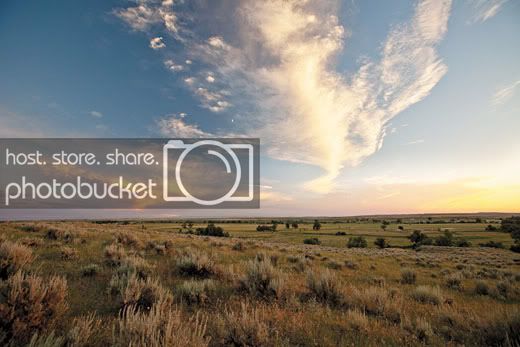 Battle Site of the Greasy Grass by Aaron Huey |
Video, photos and transcript below:
It is important to speak to this political community about the condition of our threatened cultures on our reservations. Your consideration is needed to help change our future.
Aaron has spent six years documenting his friends on the Pine Ridge reservation. Below is the latest contribution he and his wife Kristin have produced. There are many links in my first diary about Aaron and his work that take you to his website, press coverage and his Tedx Talk.
My last trip to Pine Ridge was more hopeful than usual because of the Celebration and Horse Race, but it is always hard for me to see my young friends there. It’s hard because I see so many people I love suffering. I pop my head in, show off my fat happy baby, introduce my wife, and then disappear again. It’s hard to say goodbye because there is an awkwardness in it when I am with my families that are suffering. They are often angry that I am able to leave. They don’t understand why I don’t stay longer. I can’t stay longer because it starts to kill me inside when I’m on that hill in Manderson. It’s different at Kiza Park, and with more traditional families. With them I do not feel this pain. With them I feel hope. And that is what this short video is about- It is about a great Victory, and Warriors, and a path forward. –Aaron Huey [in an email to me]
(03:26)
For those who can’t view the video I’ve had a transcript made (h/t cedwyn ) and I’ve taken a few screen shots from the video. There is much more to see in the video of course.
TRANSCRIPT:
Pine Ridge Indian Reservation
June 25, 2010
CELEBRATION OF THE BATTLE OF THE GREASY GRASS
Also known as the Battle of Little Big Horn
Vic Camp: Warriors, get ready.
Debra White Plume: Be safe and thank your horse when you’re done. It’s a sacred animal. I wish you all good luck. [Indiscernible]
[crowd cheers as men on horses run off]
Debra White Plume: My name’s Debra White Plume. I’m Oglala Lakota from the Pine Ridge. Every June 25th we gather to commemorate the Battle of the Greasy Grass when Custer wore an arrow shirt. We come together with our relative, the Horse Nation. Our young men in their warrior training have to be good horseback riders. It’s a chance for them to live the ways of their ancestors and to celebrate the victory of the Greasy Grass.
Vic Camp: Today we have the Kiza Park War Pony races and we do this, again, to commemorate the Lakota people’s victory at the battle of the Greasy Grass. It’s to teach our children, our youth, that they have their own identity and that this is a beautiful culture. It’s a beautiful spirituality. It’s a beautiful way of life.
[tribal singing]
Debra White Plume: I think it’s important for our young men and our young women to receive the training of the warrior society as our ancestors lived it, because that’s where the important values are played out, like courage and helping your relative and taking care of your horse and taking care of the land. And all of that was important to us then and it’s important to us now with our shrinking land base and the many needs of our people. This event is a family event where grandfathers and their sons and their grandsons and great grandsons, they come together, they bring their horses. We come in a happy way and we attack Custer. We always have some white guy who volunteers to be Custer and carry the flag.
[warriors chase “Custer”]
Debra White Plume: It’s a big competition to take that flag. Our ancestors took that flag from the United States of America. We’re the only people who ever did.
Photographs by: Aaron Huey
Directed and Edited by: Kristin Moore
Produced by: Brendan McCabe
————————————————————————–
There is also an article at the Smithsonian Magazine about a new book by Thomas Powers, the article includes a slide show featuring some of Aaron Huey’s photos. This slide show is very interesting; photos of the Indians, photos of the cavalry and Aaron’s landscape photos.
How the Battle of Little Bighorn Was Won
Accounts of the 1876 battle have focused on Custer’s ill-fated cavalry. But a new book offers a take from the Indian’s point of view.
[snip from Editor’s notes]
The experience of Custer and his men can be reconstructed only by inference.
This is not true of the Indian version of the battle. Long-neglected accounts given by more than 50 Indian participants or witnesses provide a means of tracking the fight from the first warning to the killing of the last of Custer’s troopers-a period of about two hours and 15 minutes. In his new book, The Killing of Crazy Horse, veteran reporter Thomas Powers draws on these accounts to present a comprehensive narrative account of the battle as the Indians experienced it. Crazy Horse’s stunning victory over Custer, which both angered and frightened the Army, led to the killing of the chief a year later. “My purpose in telling the story as I did,” Powers says, “was to let the Indians describe what happened, and to identify the moment when Custer’s men disintegrated as a fighting unit and their defeat became inevitable.”
————————————————————————–
[excerpt from the book]
…one style of Sioux fighting [snip] was the brave run. Typically the change from one to the other was preceded by no long discussion; a warrior simply perceived that the moment was right. He might shout: “I am going!” Or he might yell “Hokahey!” or give the war trill or clench an eagle bone whistle between his teeth and blow the piercing scree sound. Red Feather said Crazy Horse’s moment came when the two sides were keeping low and popping up to shoot at each other-a standoff moment.
“There was a great deal of noise and confusion,” said Waterman, an Arapaho warrior. “The air was heavy with powder smoke, and the Indians were all yelling.” Out of this chaos, said Red Feather, Crazy Horse “came up on horseback” blowing his eagle bone whistle and riding between the length of the two lines of fighters. “Crazy Horse…was the bravest man I ever saw,” said Waterman. “He rode closest to the soldiers, yelling to his warriors. All the soldiers were shooting at him but he was never hit.”
After firing their rifles at Crazy Horse, the soldiers had to reload. It was then that the Indians rose up and charged. Among the soldiers, panic ensued; those gathered around Calhoun Hill were suddenly cut off from those stretching along the backbone toward Custer Hill, leaving each bunch vulnerable to the Indians charging them on foot and horseback.
The soldiers’ way of fighting was to try to keep an enemy at bay, to kill him from a distance. The instinct of Sioux fighters was the opposite-to charge in and engage the enemy with a quirt, bow or naked hand. There is no terror in battle to equal physical contact-shouting, hot breath, the grip of a hand from a man close enough to smell…
Read more: http://www.smithsonianmag.com/…
Cross Posted at Native American Netroots
An ongoing series sponsored by the Native American Netroots team focusing on the current issues faced by American Indian Tribes and current solutions to those issues.
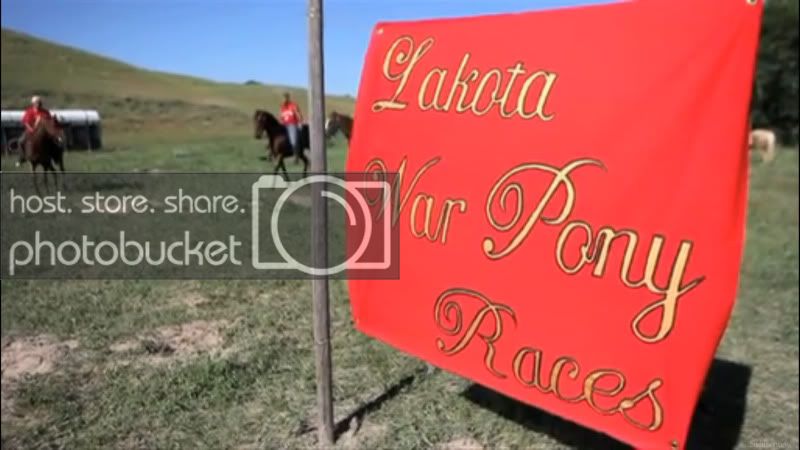

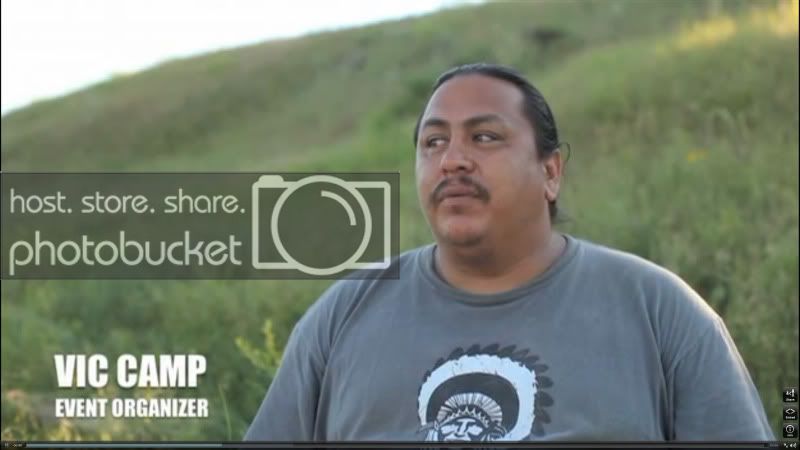
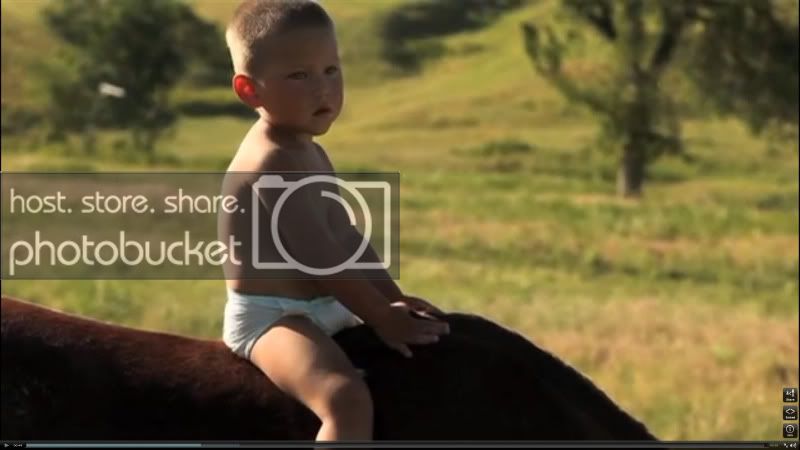
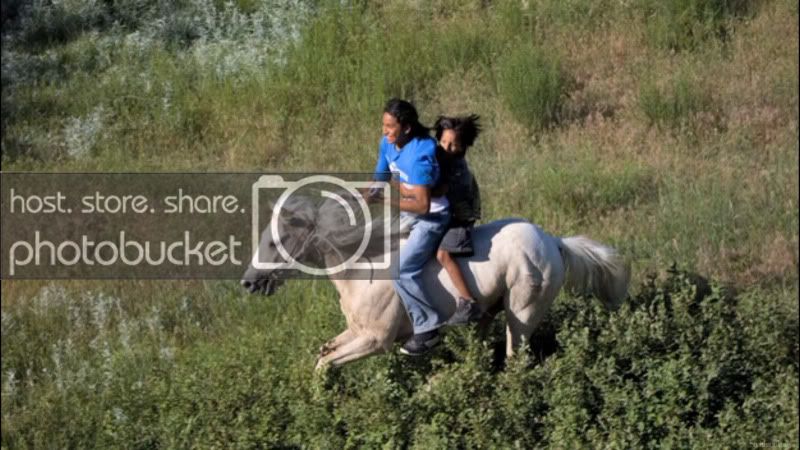
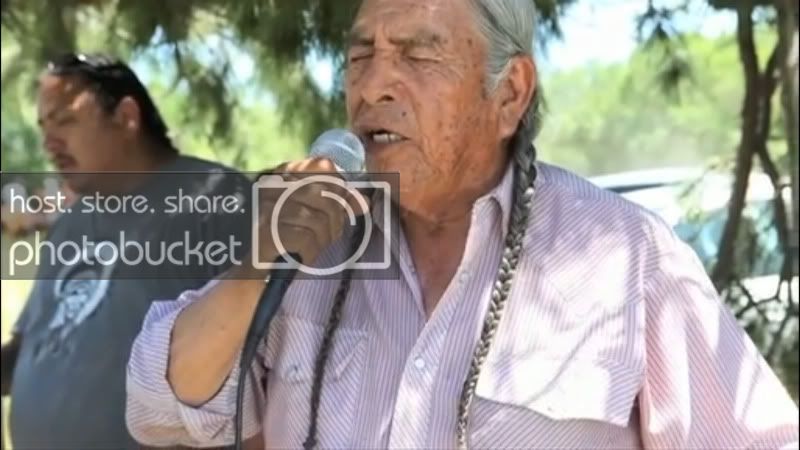
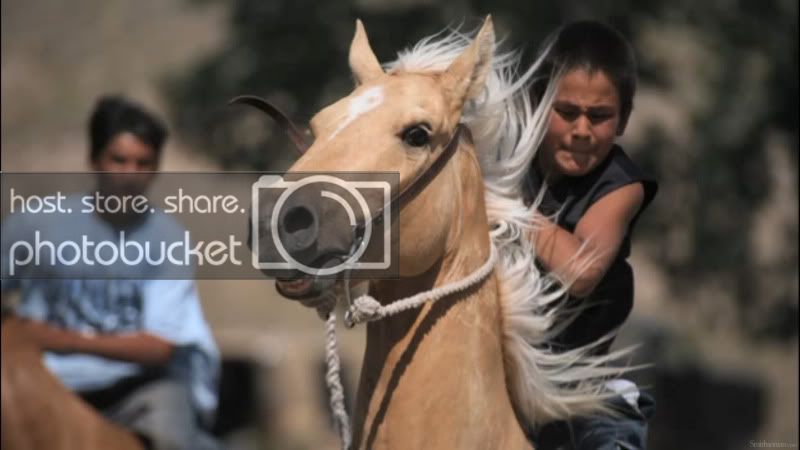
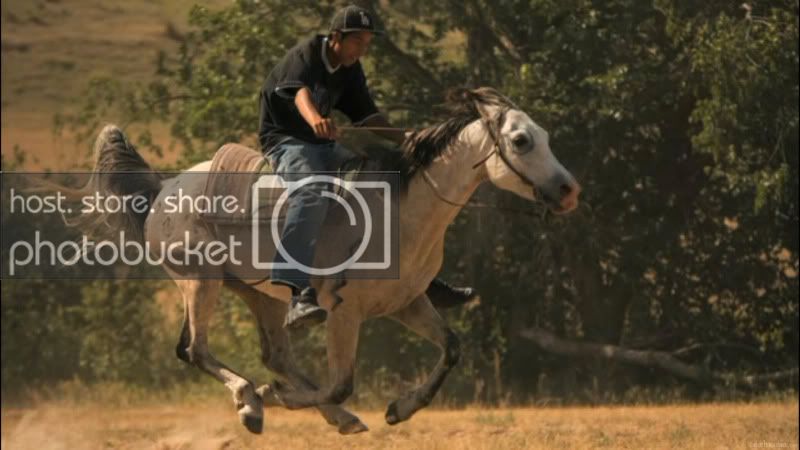
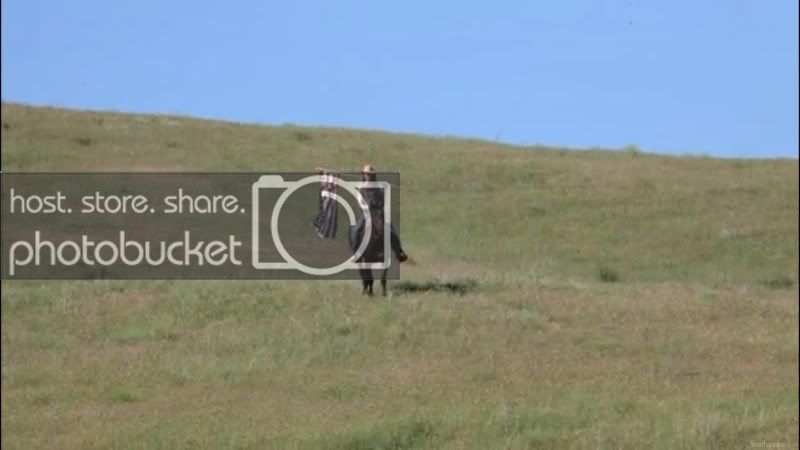
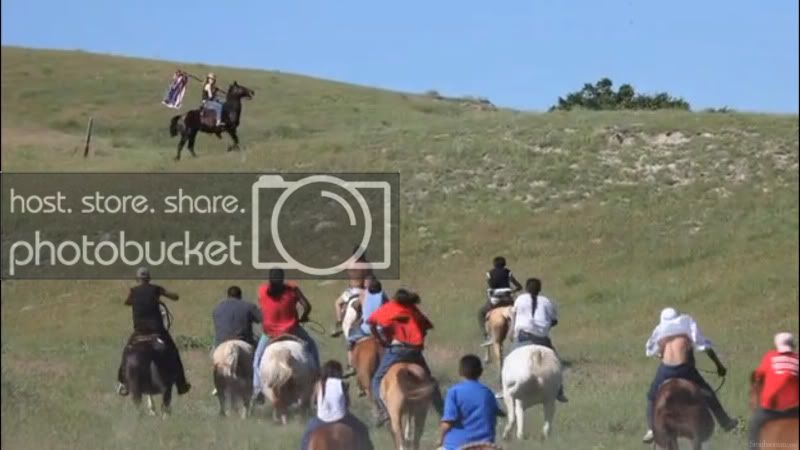

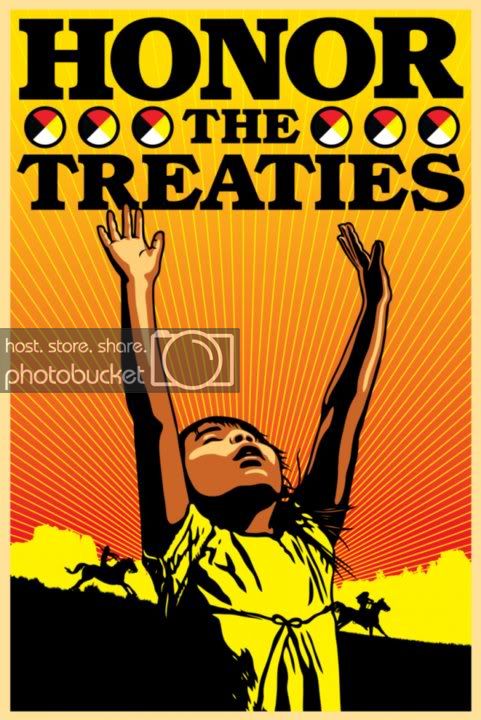
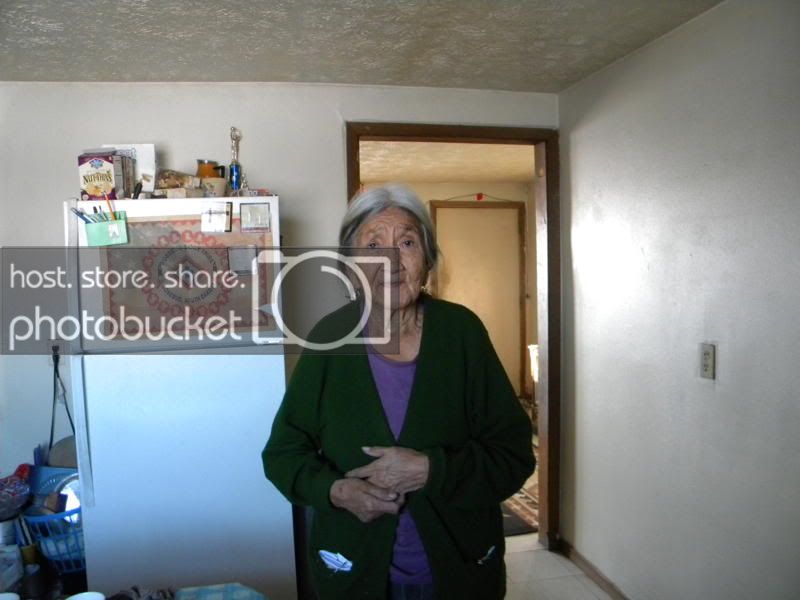
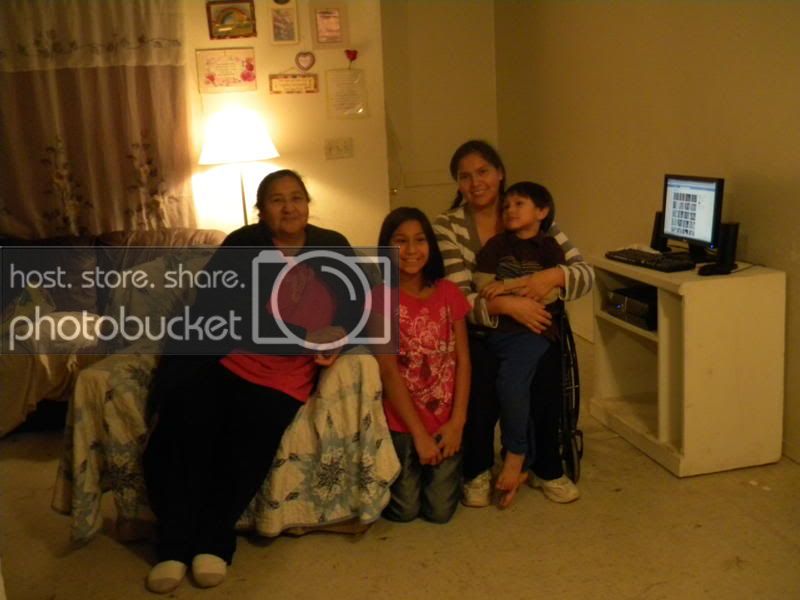

Leave a Reply